The safer, more accessible (albeit temporary) alternative to removing your buccal fat - a cosmetic trend/procedure which reached its peak in 2022 - is the lesser known buccal facial. Promising instant results of sculpting and lifting and smoothing we decided to seek the inside scoop from one of the few and best facialists to have perfected the unorthodox technique.
After first and foremost confirming it’s pronounced ‘buckle’, we fired a bunch of questions at holistic beauty expert, April Brodie. With over 40 years of international experience in crafting bespoke spa experiences and clinical treatments, her latest and greatest feat is educating everyface about how to look younger than ever by intently massaging the fat deposits between your cheekbones and jaw.
What is a buccal facial?
The buccal facial, (sometimes referred to as the intra-oral facial) is a strange and wonderful treatment that involves massaging inside the mouth. A little unusual, but there are so many benefits. And when it comes to ageing we think mostly about surface signs like wrinkles and sagging, only it is so much more complex. There are changes in bone density and connective tissues, facial muscles, and fat volume too. A standard facial can’t address these.
By placing fingers both inside and outside the mouth, we can access the muscles and tissues more significantly and precisely than if you were massaging on the outside alone. (It’s a technique that targets all 42 muscles of the face!) Working on these muscle fibres is what creates a lifting effect; manually sculpting sections of the phase that have become lax and sagged over time. Or, are tight and stiffened due to clenching.
Where did the buccal facial originate?
The history of buccal massage is a little murky, but appears to have roots in dental health. Kneading movements inside the cheeks are said to decrease pain and improve jaw joint mobility. So it looks like in our quest to relieve jaw pain through facial physiotherapy, we discovered that these same effects have an incredible sculpting and anti-ageing impact on facial features!
Why am I suddenly seeing/hearing about buccal facials?
Instagram and TikTok have been huge catalysts for the surge in facial massage techniques. We are more wellness-conscious than ever before so it raises the question of, if we exercise our bodies to remain lean and toned, why shouldn’t our face receive the same treatment? The correct technique delivers excellent results. It is a great alternative for people not ready to commit to more invasive techniques such as botox, fillers and surgery.
How does a buccal facial differ from a standard facial?
A buccal facial, as mentioned, incorporates massage inside the mouth and on the surface of the skin to promote skin health, circulation, and tone facial muscles. The technique for doing so is much more specialised; a skilled esthetician or practitioner uses gentle, targeted movements to work on the inner and outer layers of the cheeks and around the jawline. This is what’s going to aid in reducing puffiness, tighten the skin, and enhance the overall contour of the face.
In contrast, a standard facial focuses more generally on skincare: cleansing, exfoliating, extracting impurities, and applying masks and serums to address specific (surface level) concerns. All of which happens on external areas of the face, such as forehead, cheeks, and neck.
What are the benefits of a buccal facial?
After the treatment, the facial structure looks dramatically lifted (cheekbones can appear to be sitting up to 2cm higher!) and sculpted, and the skin has the most beautiful glow.
A buccal facial is designed to be so much more than just a facial, it’s an overhaul of the body and mind including:
- Lymphatic drainage
- Increased blood flow
- Enhanced collagen production
- Enhanced elastin production
- Releasing blocked energy
- Tightening and lifting muscles
I’m often reminded of the muscular relief this treatment can provide, many of my clients describing that their jaw feels lighter and much more ‘open’.
Who should be investing in buccal facials?
Anyone concerned with ageing (fine lines, wrinkles, sagging of the skin) as this non-surgical treatment can help to tighten and firm your face for a more youthful look.
Individuals with dull or tired looking skin can look to buccal facials to help boost circulation and bring a touch more glow back to the face. Same goes for anyone dealing with puffiness or swelling, because the massage incorporated can help to reduce fluid tension and bring out the natural contours of the face.
And lastly, those who are living with facial tension or muscular imbalance. Working in and around the jaw to help relax and release tension is going to contribute to a less strained appearance.
Are there movements you can incorporate at-home to extend these results?
Absolutely. To maintain, and extend the results of your buccal facial you can incorporate these simple massaging techniques while performing your daily skincare routine:
- Facial tapping: Gently tap your fingertips all over your face and neck, this helps stimulate blood flow and awaken the skin.
- Upward strokes: Using your hands (or a gua sha) move in gentle strokes from your neck to your chin, then sweep across the cheeks, then finally the forehead to prevent any sagging.
- Pinching: Using your thumb and index finger, softly pinch the sides of your face, moving from the jawline towards your temples, to promote lymphatic drainage and reduce any puffiness.
- Circular motions: With your fingertips make small circular motions on your cheeks, forehead, and around the eyes to increase circulation and encourage skin radiance.
Consistency is key here, for optimal results. And know that this practice should bleed into your lifestyle as well; reducing any tension in the body via good working posture, regular yoga or meditation, and a balanced diet.
How regularly should you be making appointments?
I recommend investing in monthly appointments, but if that doesn’t align with your lifestyle, know that you can still experience similar results with a more drawn out timelines. It’s after the 3rd treatment that the posture of the face is changing.




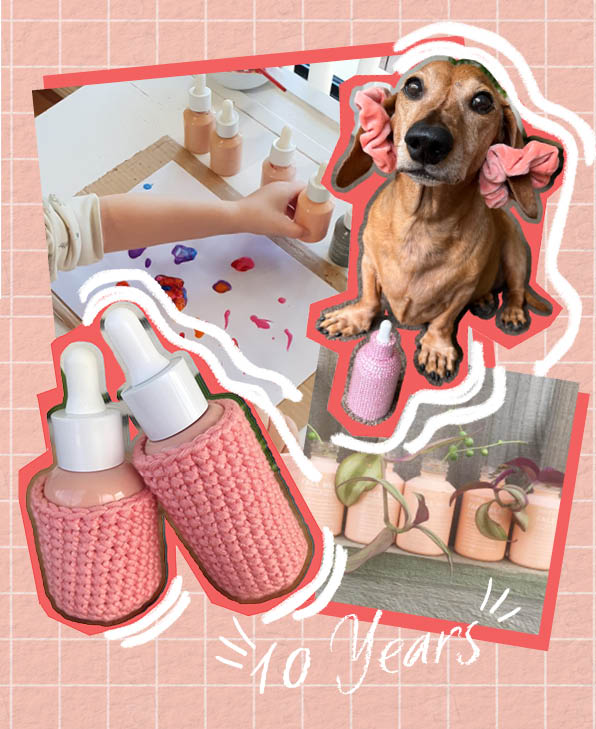

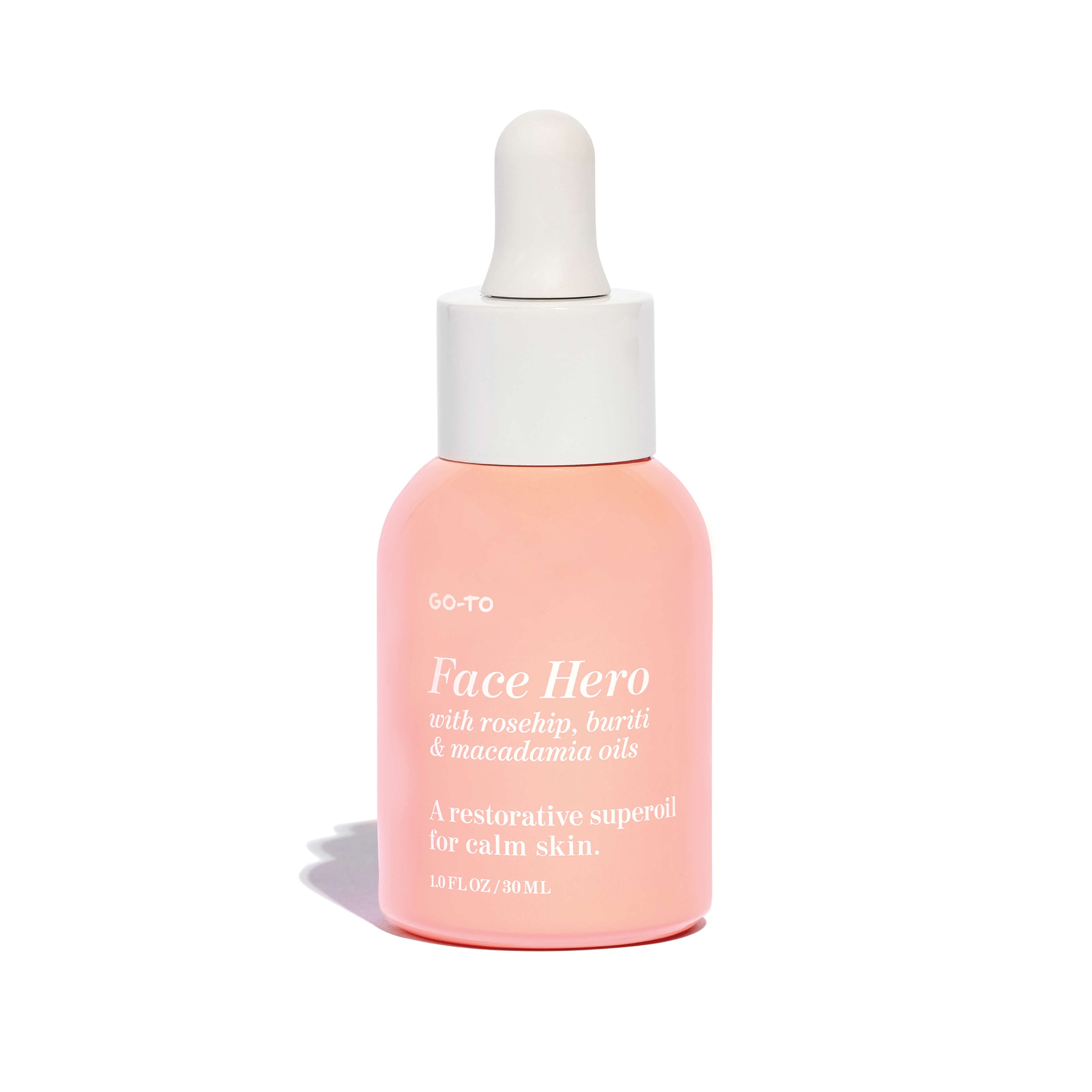


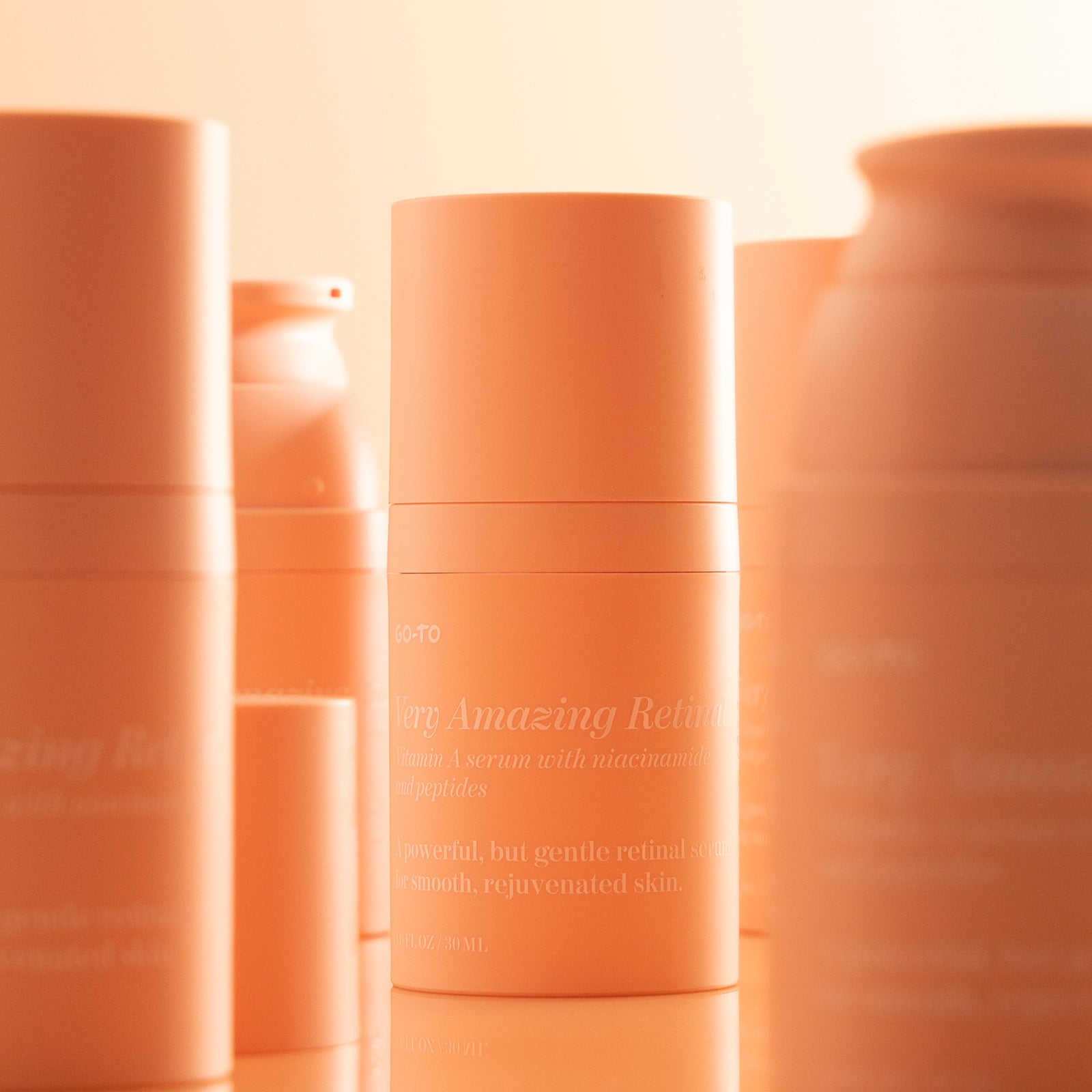
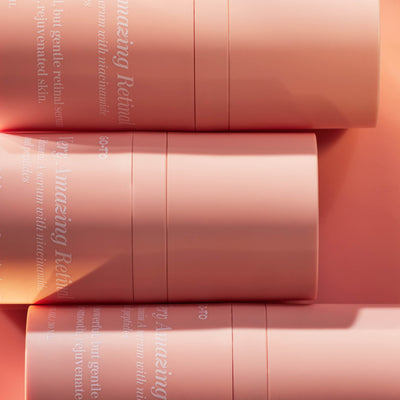

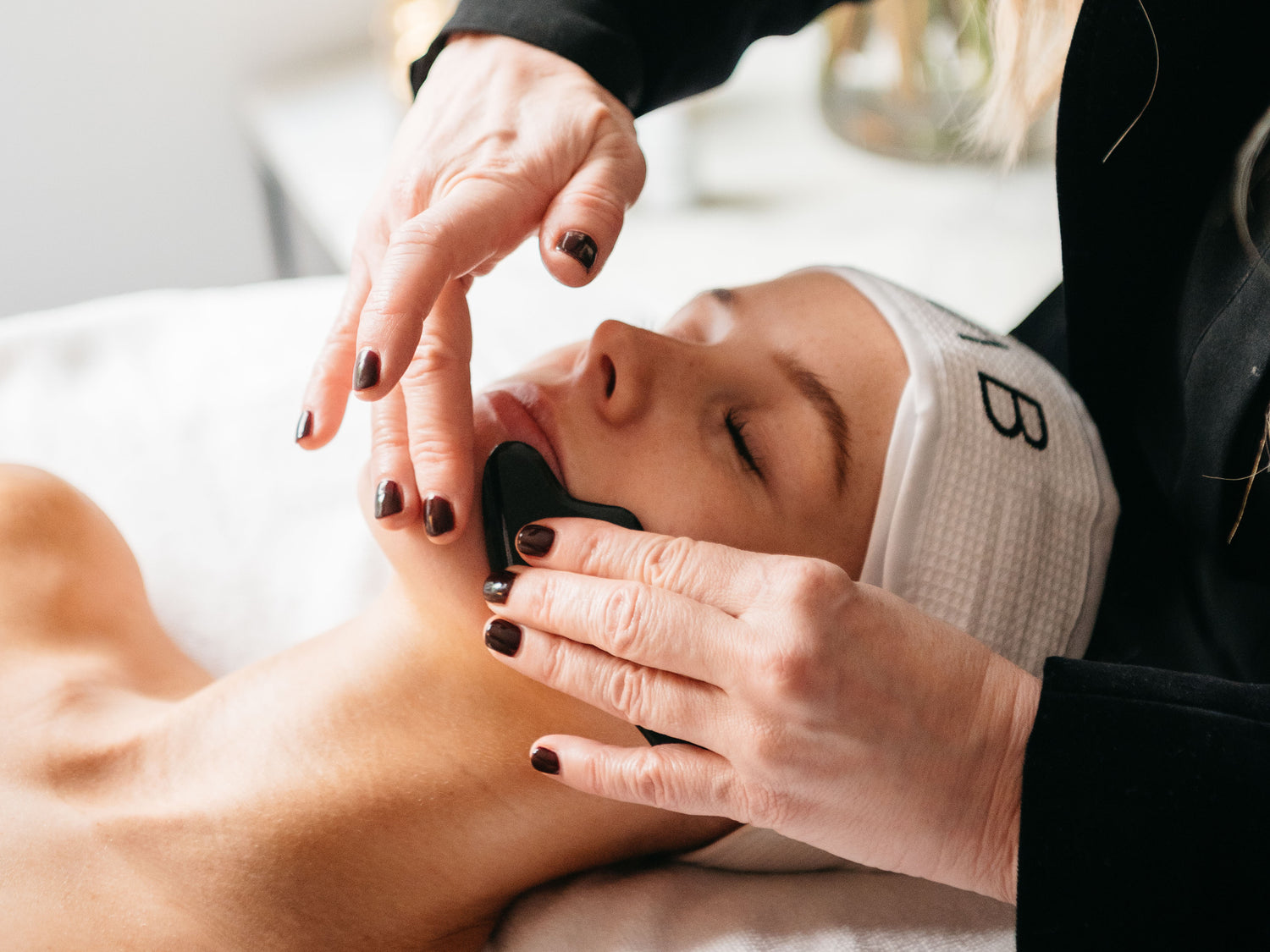

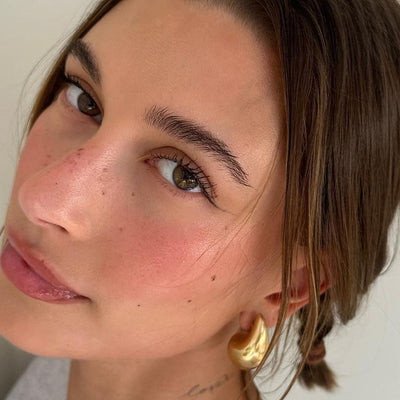
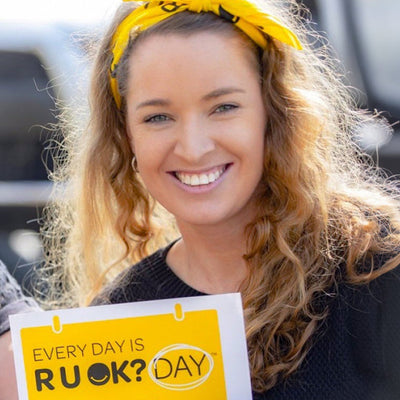
Comments